SHORT LINES LONG ON VALUE
BY TREVOR BACQUE • LEAD PHOTO COURTESY OF WILDFONG ENTERPRISES
The country’s agriculture sector owes much to innovative ag entrepreneurs, many of them farmers, who have invented first-of-its-kind products that solve pressing problems. Collectively, their independent companies are known as short line manufacturers. A term they’ve grown into, it delineates how they create tailored solutions for localized problems. Despite being dwarfed by major brand-name manufacturers, short lines are tall on economic impact. In 2023 alone, Canadian short lines accounted for $8 billion in sales, more than half of which represented international sales to nearly 150 countries.
Short lines are so successful mainly because they overwhelmingly address real world needs; they typically produce products in response to market demand. Most such products are made by farmers who have fine-tuned a DIY prototype into a marketable item. If it works for one farmer in a region or soil type, it often works for all farmers in that area, and even beyond.
As technology has advanced, companies of all sizes continue to adapt and meet consumer demand, often with aftermarket products. It could be a concave, a ground opener or a spray nozzle. Whatever it is, they are designed to fit into or onto an OEM’s equipment. For some, their business has continued uninterrupted for decades; others continuously rejig products as major manufacturers tinker with their own.
Interoperability must be accounted for—will this generic part still fit the reconfigured OEM machinery? The North American Equipment Dealers’ Association wants to see interoperability seamlessly continue. Organization president John Schmeiser admits the ag equipment scene was simpler 25 years ago. Today, there are less concerns about hitches and hydraulic hoses; increasingly, interoperability questions relate to electronics and software. Certain manufacturers are moving to proprietary connections to prevent hacking for protection of their copywritten intellectual property.
“All of a sudden connecting just wasn’t as easy as it’s been in the past because there’s not only a lack of standard on some of the digital connections and trusted platform modules [TPMs], but there also is a little bit of a protectionist mindset,” said Schmeiser. “Interoperability is issue No. 1. The connectivity of short line manufacturers’ products to a major manufacturers’ products has become more labour intensive and so has the cost to be able to make it work or talk to each other.”
In the Canada–United States–Mexico Agreement, NAFTA’s successor, the Canadian text of the bill was initially drafted with ambiguous language surrounding interoperability legalities, said Schmeiser. It has a gray area that may make it illegal to connect a piece of equipment to another in Canada. The issue will hopefully be rectified with an amendment to Canada’s Copyright Act in Parliament put forth in private member’s bill C-294 by Saskatchewan MP Jeremy Patzer.
The short line manufacturing industry is a massive success story for Canada, but specifically so on the Prairies. If interoperability were to become impossible or connectivity issues can’t be solved, you can bet many jobs would vanish, said Schmeiser.
“What these manufacturers contribute to the economy, especially in rural areas is significant,” he said. “There is a very solid argument that without interoperability, the viability of these manufacturers is threatened. We certainly don’t want their innovation or creativity stifled because the proof is in the pudding that the customers have responded very well to those products made by western Canadian short line manufacturers.”
GrainsWest spoke with three such companies about business operations in 2024, interoperability and what it’s like to be part of the short line ecosystem.
WILDFONG ENTERPRISES, CRAIK, SK
BUILT TO LAST, NOT TOO FAST
Russ Wildfong (pictured above) started his short line of aftermarket combine parts in his farm shop with old welding equipment and a determined attitude that stemmed from real life frustration. During harvest in the brutally wet year of 2014, his combine concaves were pulverized by soggy conditions. “We scooped up a lot of mud, and in the mud was rocks. We were just destroying factory concaves,” he said.
One night between rainstorms, his irritation boiled over. He enlisted his father Rick to help and the two worked to machine their own concaves that could withstand gruelling conditions. Rick insisted they use the highest quality steel, AR 400, the same grade used to build bridges.
The steel is harder to cut and weld, but the durability it lends to this critical part is worth the trouble. In response to farmer demand, the Wildfongs manufactured concaves en masse. Made to last, and not too fast, they will do up to 30,000 acres, or about four to five times as long as standard concaves. As well, depending what colour machinery a farmer runs, they typically save between 25 and 50 per cent on a new set of his concaves.
“It has stretched the lifespan of a critical wear component in a combine,” he said. “If concaves get worn out and they do a bad job, the rest of the threshing and cleaning system can’t do its job.” All OEMs use a lower quality steel, he added. It’s what he and others call planned obsolescence, that a product is built to wear out and necessitate a repurchase after a set period.
“They just seem to be stuck on mild steel,” he said of OEMs. “They don’t want to spend extra money or extra labour if it’s a tricky welding procedure. They just want to pump them out as cheap as possible.”
He doesn’t understand the approach, but he also doesn’t mind that major manufacturers continue to pair first-class price tags with second-rate steel. “I’m lucky they are so cheap, because if they did do a good job building this stuff, I’d be out of business,” he said with a laugh. A pronounced industry focus on machinery and innovation for corn production across North America has left room for Wildfong Enterprises to carve out a serious niche. Over the years, the company has produced other products, as well. Accelerators, otherwise known as beaters, impellers and rub bars, are its primary offerings. Wildfong has also had unexpected success with rice, a notoriously abrasive crop. His rice accelerator comes with a set of replacement teeth—the only part that will require a re-order, and at about 30 per cent of the OEM price.
“That thing’s never coming out,” he said of the accelerator drum. “It’s going to stay in that combine forever. The wear parts that you have to replace are easy to get at and easy to replace. Maintenance down the road is an easy fix.” More than five years after production on the initial sets of replacement teeth, he still hasn’t had a reorder. “I thought I’d be having some calls by now, but I haven’t, so it’s nice that it’s lasting for the farmers,” he said.
To date, Wildfong has not had issues of interoperability. While that may change in the future, all products work on all OEMs, new and old.
Central to the company’s success is that Wildfong himself is a farmer. This gives a potential customer confidence he can answer highly specific questions about field performance. In the past, dealers often fielded such questions, but those days are gone, said Wildfong. “The farmer wants to talk to someone who knows the product and has had the same issues they’ve had,” he said. “There’s a big disconnect nowadays from advice you can get from the dealership as opposed to an owner-operator.”
Wildfong and his staff of five have accomplished more than they thought possible. He knows it’s hard to gain customers, especially those that are brand loyal, and easy to lose them if a product is inferior. Going above and beyond is simply table stakes. His business trifecta is simple: better products, better service and better prices. “If you can do all three, then you’re off to the races.”
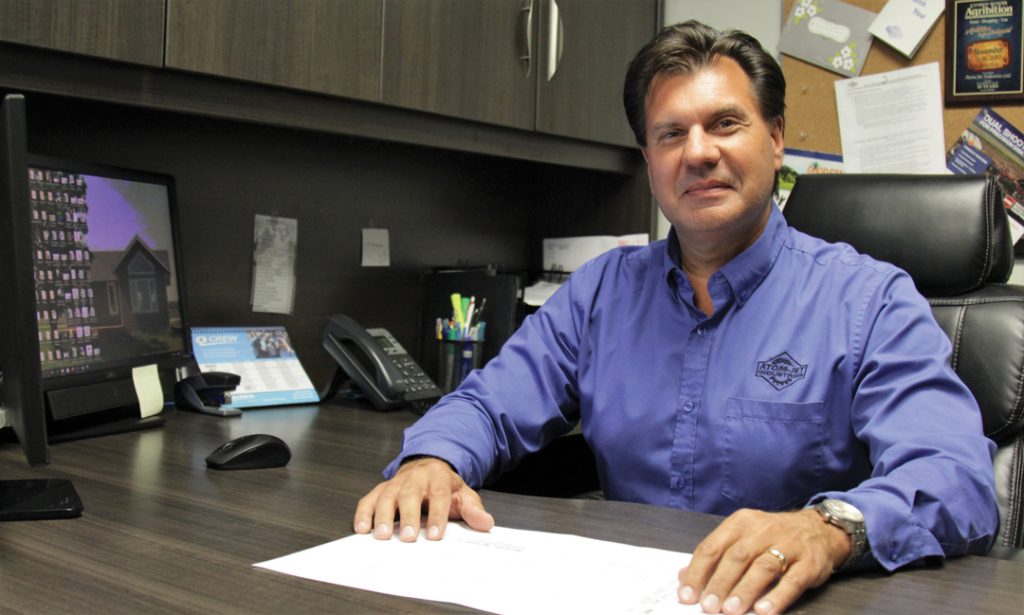
ATOM JET INDUSTRIES, BRANDON MB
RELATIONSHIPS KEY TO SUCCESS
Atom Jet Industries hangs its shingle on adaptability. The company was established in 1962 with its first product, an atomizer that functions like a humidifier, for coal fired furnaces. It wasn’t until the early ’80s, though, that the agricultural division of parent company took off, thanks to a conversation with a desperate farmer who needed a quality opener. That product was created, and, decades later, the company boasts more than 260 SKUs in its agricultural lineup, including openers. Its single shoot opener, along with midrow banding scrapers for Bourgault drills and CNH single shoot scrapers, are its most popular items.
Because customers deal with various field conditions, research and development is arguably Atom Jet’s most important wing of the business. Annually, the goal is to produce at least one new product. This past year it was a row closer.
“In our dealings directly with farmers, we ask the question, ‘OK, this is our offering now, but what other challenges are you faced with?’” said Terry Dorratt, vice-president of sales and marketing. “With our knowledge of the industry and then getting feedback from growers and our dealer network, we identify a need and work on that product.”
The company’s aftermarket lineup must work well with the multiple major players’ products, so attention to detail and communication are critical to guarantee interoperability. The Atom Jet R&D department works closely with those of OEMs, as well. Every detail from concept to completion requires more attention than ever, but Dorratt labels this a positive.
“It’s probably gone to another level versus back when we started out; it was more two guys talking and sketching something together on a napkin and, ‘Oh, hey, let’s build this and give it a try,’” he said. “It’s evolved into a much more professional level. The commitment to the supply chain and delivering on time and combating some of the competition from outside of Canada also plays a role in strengthening those relationships.”
Despite the close ties, obstacles remain. If an OEM makes a significant change to its machinery, it naturally triggers a short line to change its product. Proactive discussion will continue to help maintain Atom Jet’s success, said Dorratt.
“That’s where the kind of the communication and relationship is really essential because we need to know what they’re doing because that ultimately affects our end product that we’re producing for them,” he said. “It’s probably more work and in some ways it’s more challenging, but I think it’s evolved to where, honestly, it’s better.”
When an OEM works on the design of a ground engaging product, Atom Jet is often brought into these conversations very early. It’s to both companies’ advantage to share the plan. “You can’t drive a vehicle without tires,” said Dorratt, as analogy to their symbiotic relationship. “Well, you can’t run a seeder without some type of opener. It kind of circumvents us from playing catch-up because we’re there from the beginning. They can’t test their equipment without some way of getting that seed and fertilizer into the ground.”
There is huge mutual respect between Canadian short line companies, even if they are competitors, said Dorratt. The short line community on the Prairies is an especially “tight knit group,” he added. “I may be struggling to find information about something and I’m able to pick up the phone and call Bob at ABC company and pick his brain about it. As an industry, short liners are pretty supportive of each other.”
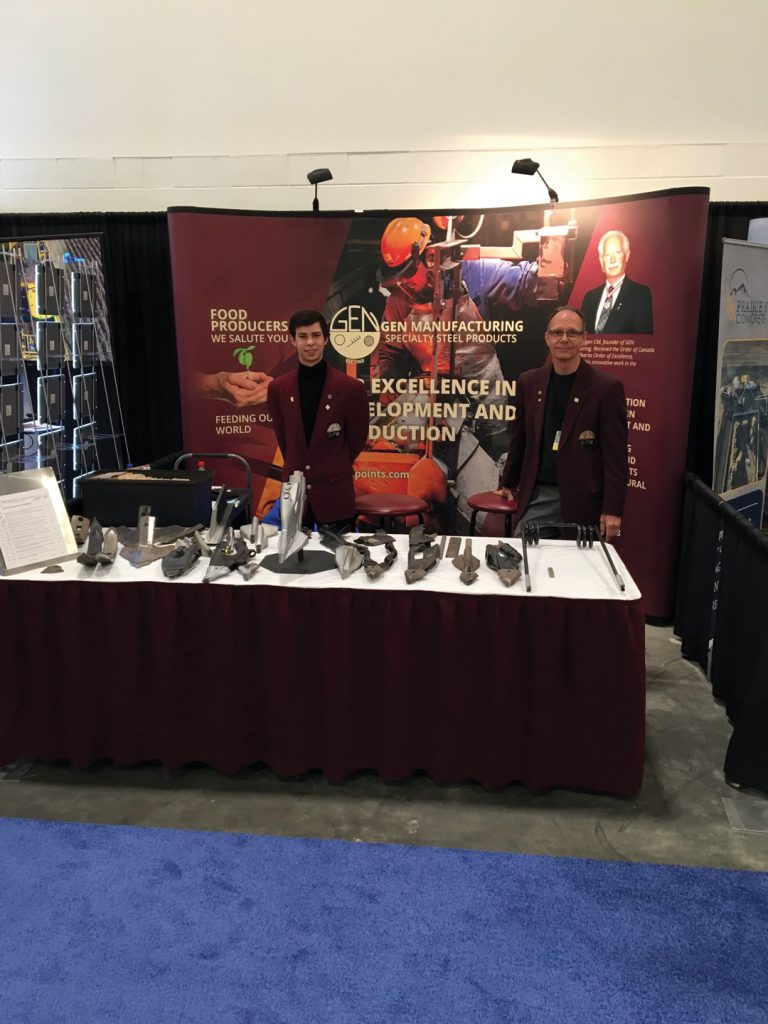
GEN MANUFACTURING, COALDALE, AB
FAMILY FIRST, BUSINESS SECOND AND BE SUCCESSFUL? BELIEVE IT
Coaldale’s Gen Manufacturing specializes in wearpoints and openers on ground engaging tools. Established by Henry Bergen and maintained by son David, the company has sold more than one million pieces since the early ’80s.
The key to Gen’s success was the innovation of chromium carbide steel wearpoints at a time when all major players marketed air seeders without carbide tips on their chrome openers. The Bergens saw an opportunity. Henry, an engineer who would later receive the Order of Canada and Alberta Order of Excellence for his work, designed the entire Gen lineup.
“A lot of people thought carbide wouldn’t be able to be bonded to chrome,” said David. “Henry found a way of doing that. The business took off from there.” Factory chrome openers often had a shelf life of about 5,000 acres. Gen-made openers lasted about five times as long. Business boomed.
Once they saw the performance and longevity of Gen products, big players realized they couldn’t offer openers without carbide. As OEMs produced carbide tipped openers, they often struggled with plugging issues, especially in wet conditions. Gen was still two steps ahead.
“We designed openers that didn’t plug and placed the fertilizer and seed better,” said David. Beyond that, farmers didn’t want to swap openers of various sizes to seed different crops. They wanted an all-in-one solution and Gen delivered. “We designed openers that could do all those jobs at one time, whereas some of these other openers that the OEMs offered would plug and cause all kinds of grief.” The two most popular products are the single- and double-shoot openers.
It’s a natural progression that OEM machinery is changed and fine-tuned over time, and this process has helped Gen do the same. “We would see deficiencies over time in the new tools that came out and then our business would also develop that way,” said David.
As orders poured in, the family made a decision others found to be a head scratcher. Instead of hiring a sales team and pursue expansion, they opted largely to fill phone orders and attend tradeshows. For years, Gen was wildly successful; the biggest fish in a poorly stocked pond. “We could have gotten a lot bigger by putting more salesmen on the road, but we didn’t want to make our business so large that we wouldn’t be able to concentrate on our families,” said David.
An OEM smart enough to know it couldn’t compete against the Alberta short line tried to make Gen its sole supplier for openers and wearpoints, but negotiations didn’t last long. A dealbreaker was that the buyer intended to triple the price per unit on all products, a philosophical roadblock for the
Bergens, who value affordability. To this day, Gen sells direct-to-farmer. Low overhead lets the family continue to retail products two to three times cheaper than any big player, solidifying a near-permanent competitive advantage.
In the last decade, the game has changed substantially, though. Precision drills hit the market and C-shanks were mostly replaced with narrow shanks specifically designed for their openers. This means new openers and wearpoints for every major player’s machinery, a time consuming and costly venture to maintain interoperability. “It’s considerably more difficult and you have to have inventory for every individual drill instead of just one for all of them,” said David. While there are companies that create such inventory, Gen likely won’t. The company does market products for the latest machinery, but most of its components work on drills that are 10- and 20-plus years old. Plenty of these remain in operation across Canada.
Bergen accepts the industry has shifted and is now more challenging. “As long as the farmer gets the main benefit in the end, it’s a good thing; that’s what I’m in favour of, and that’s our end goal.” He also makes it clear, though, that Gen is still here, and going strong. “We’re not done yet,” he said.




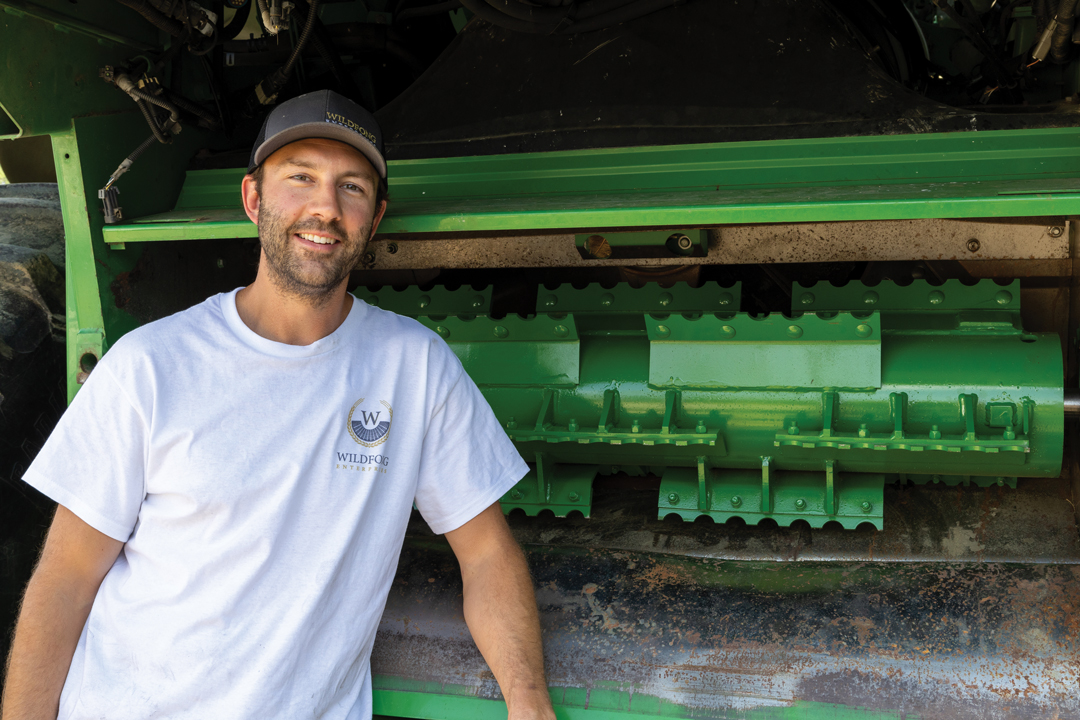
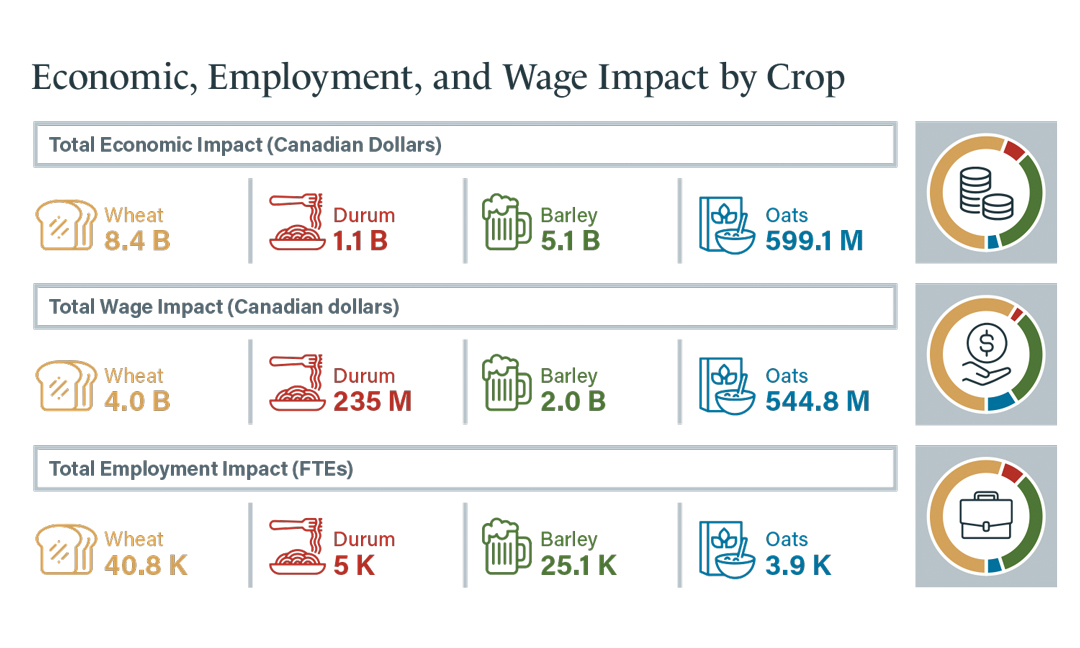
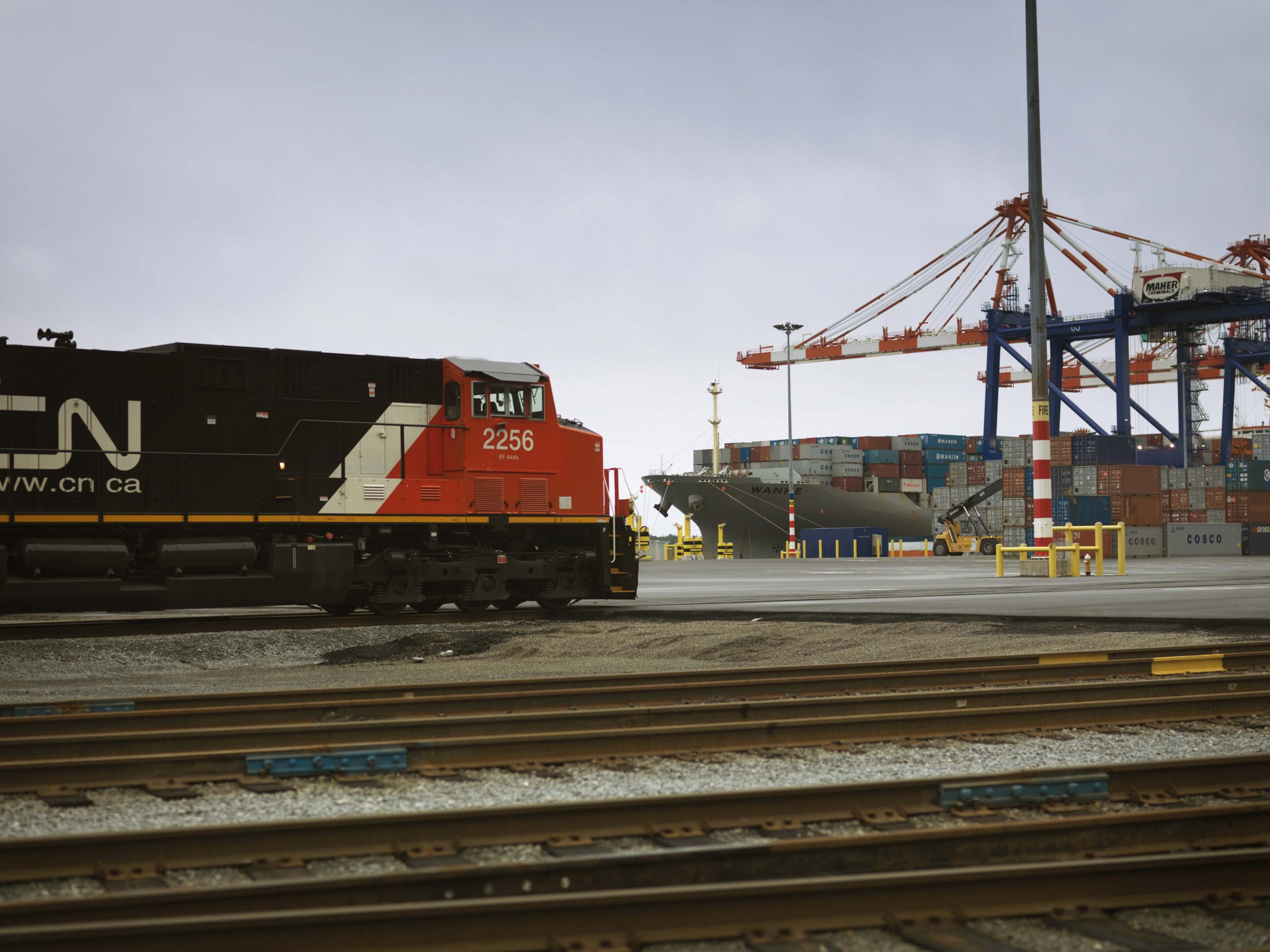
Comments